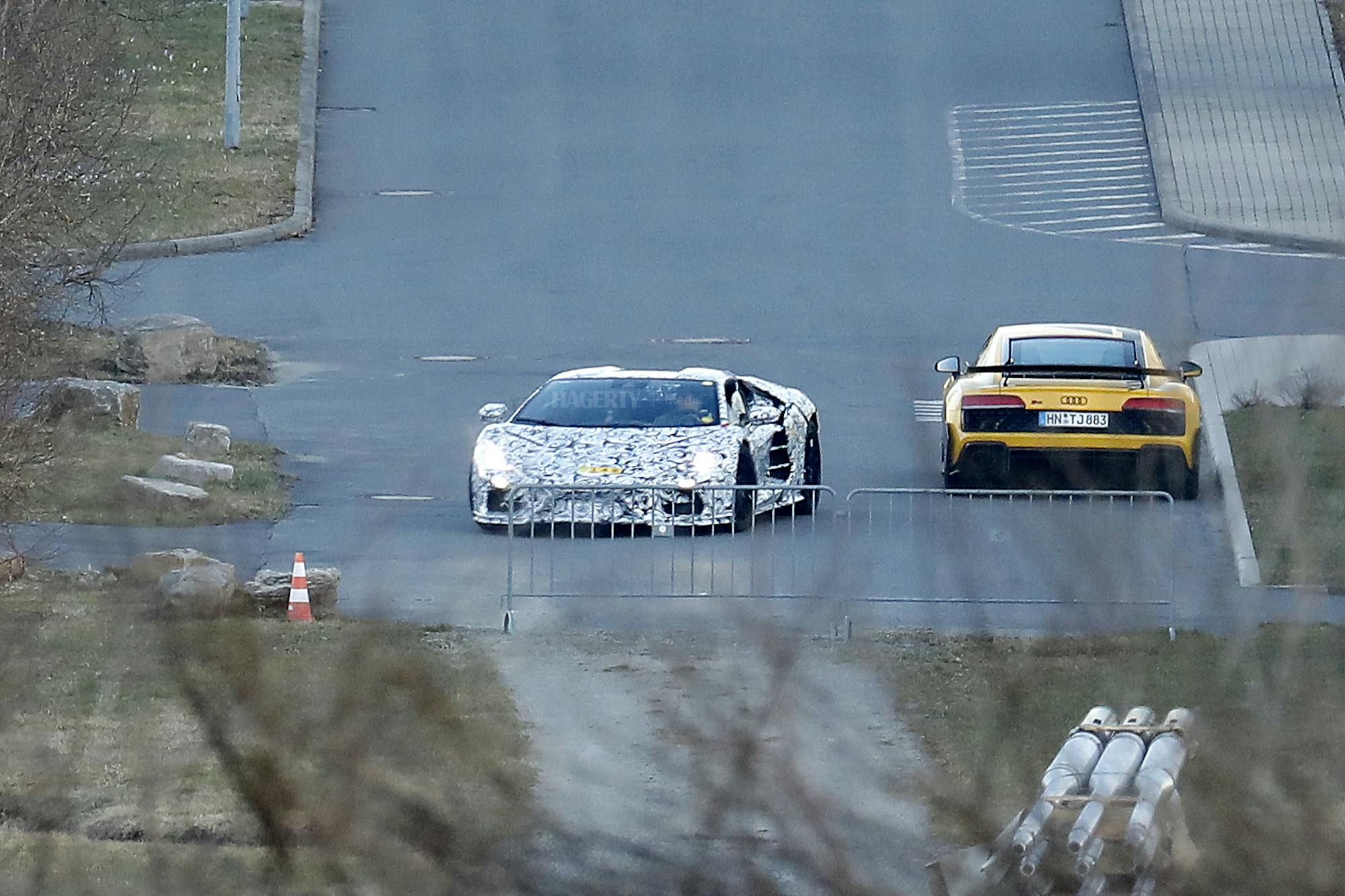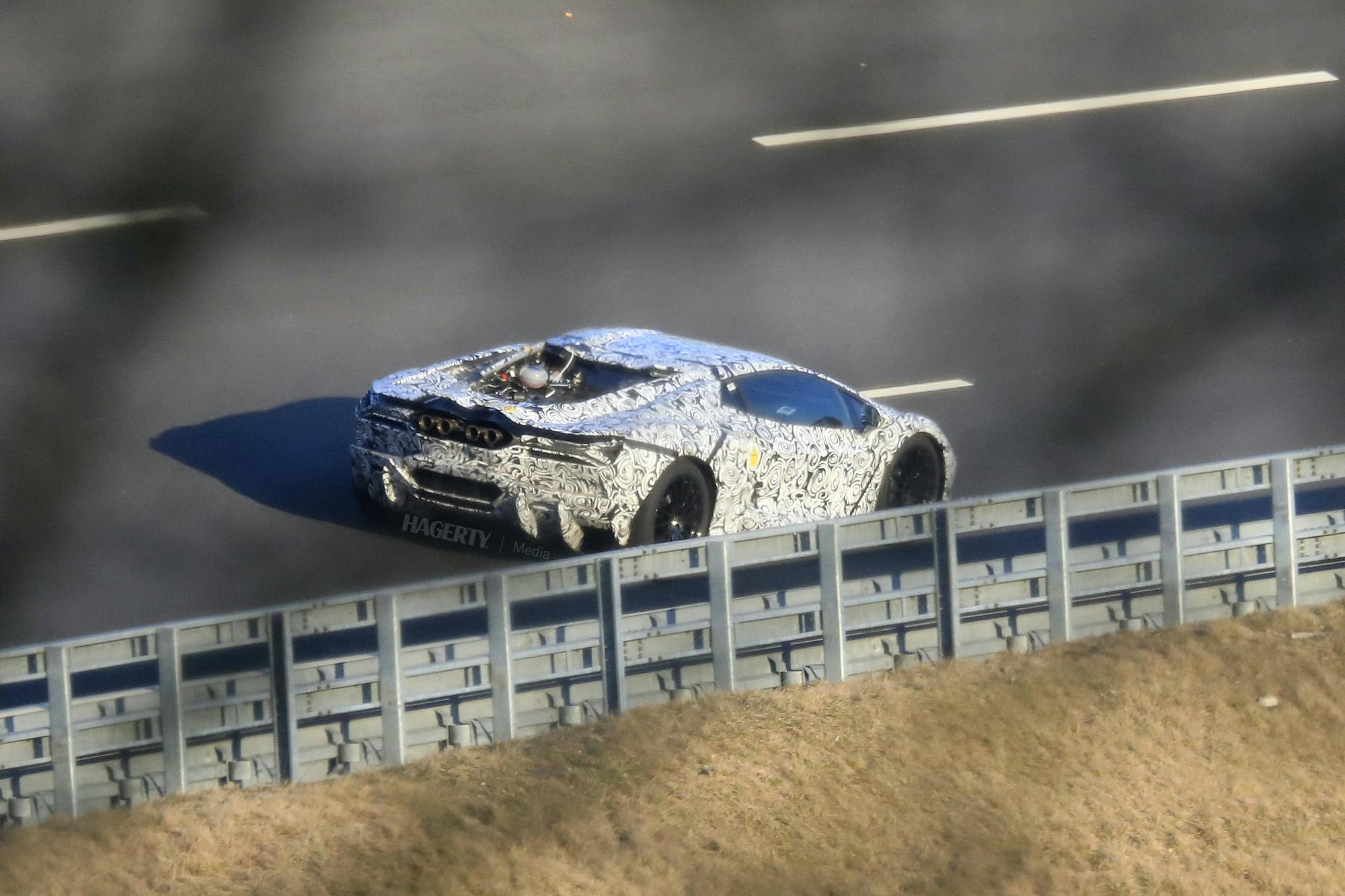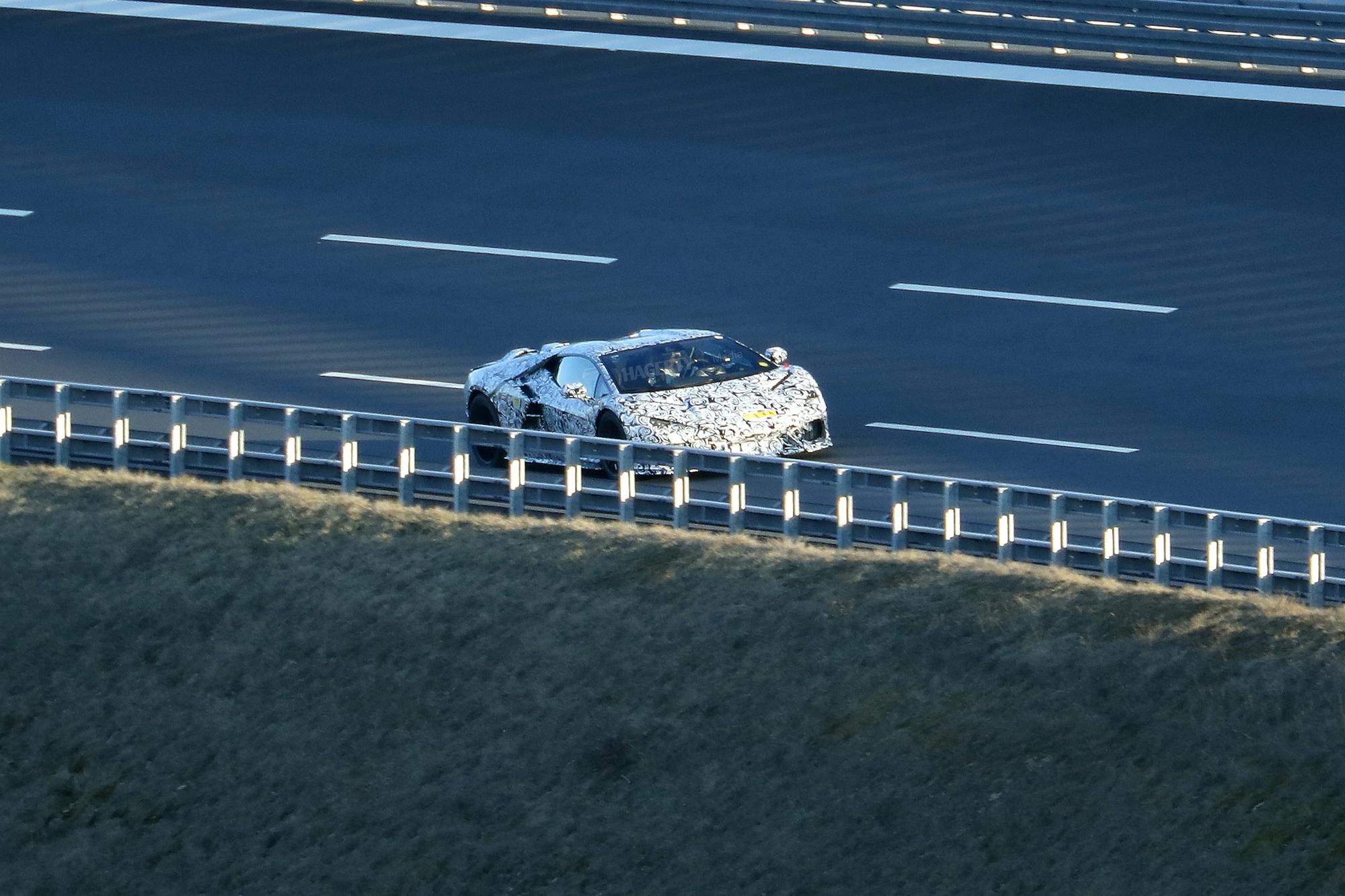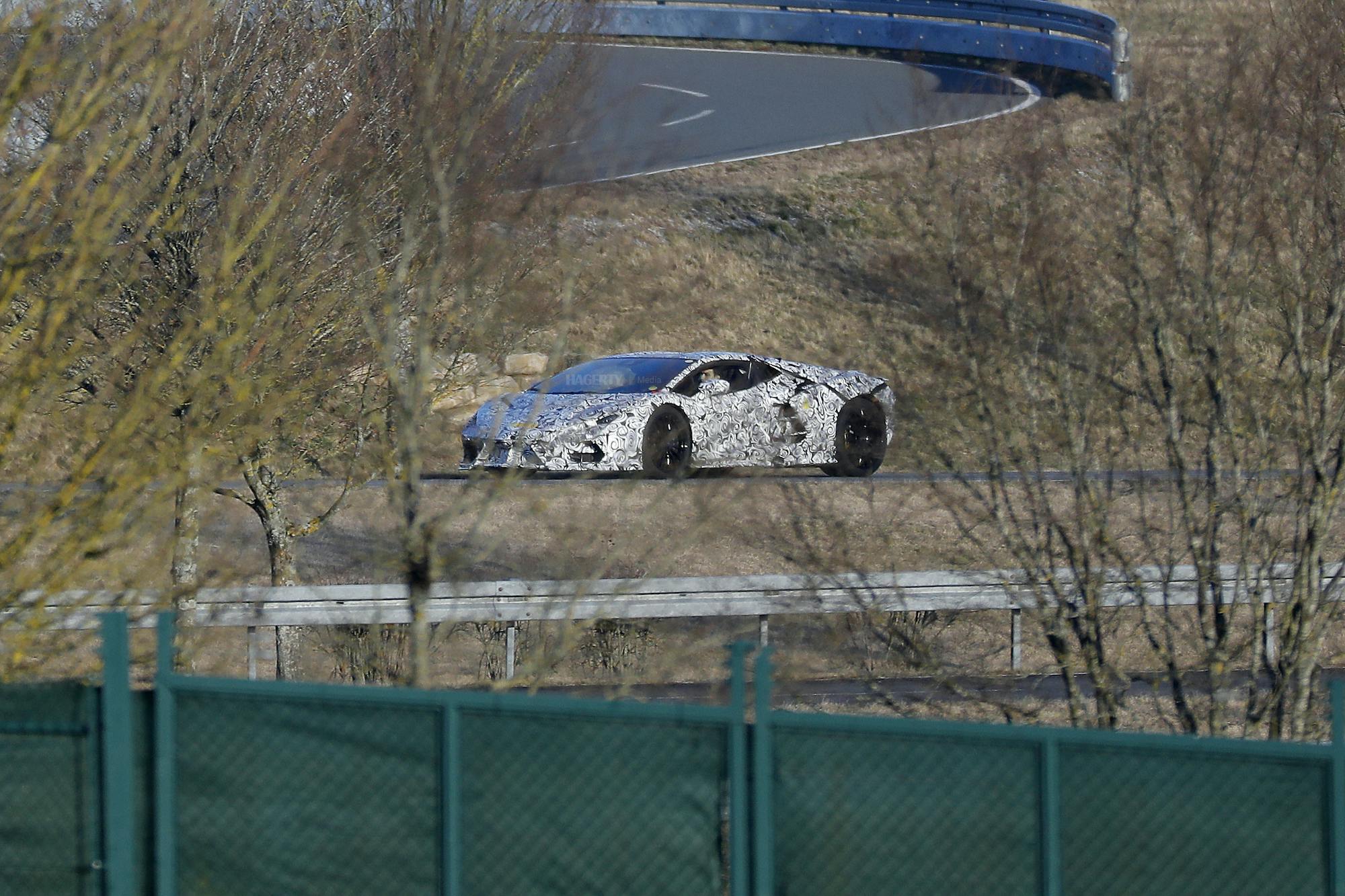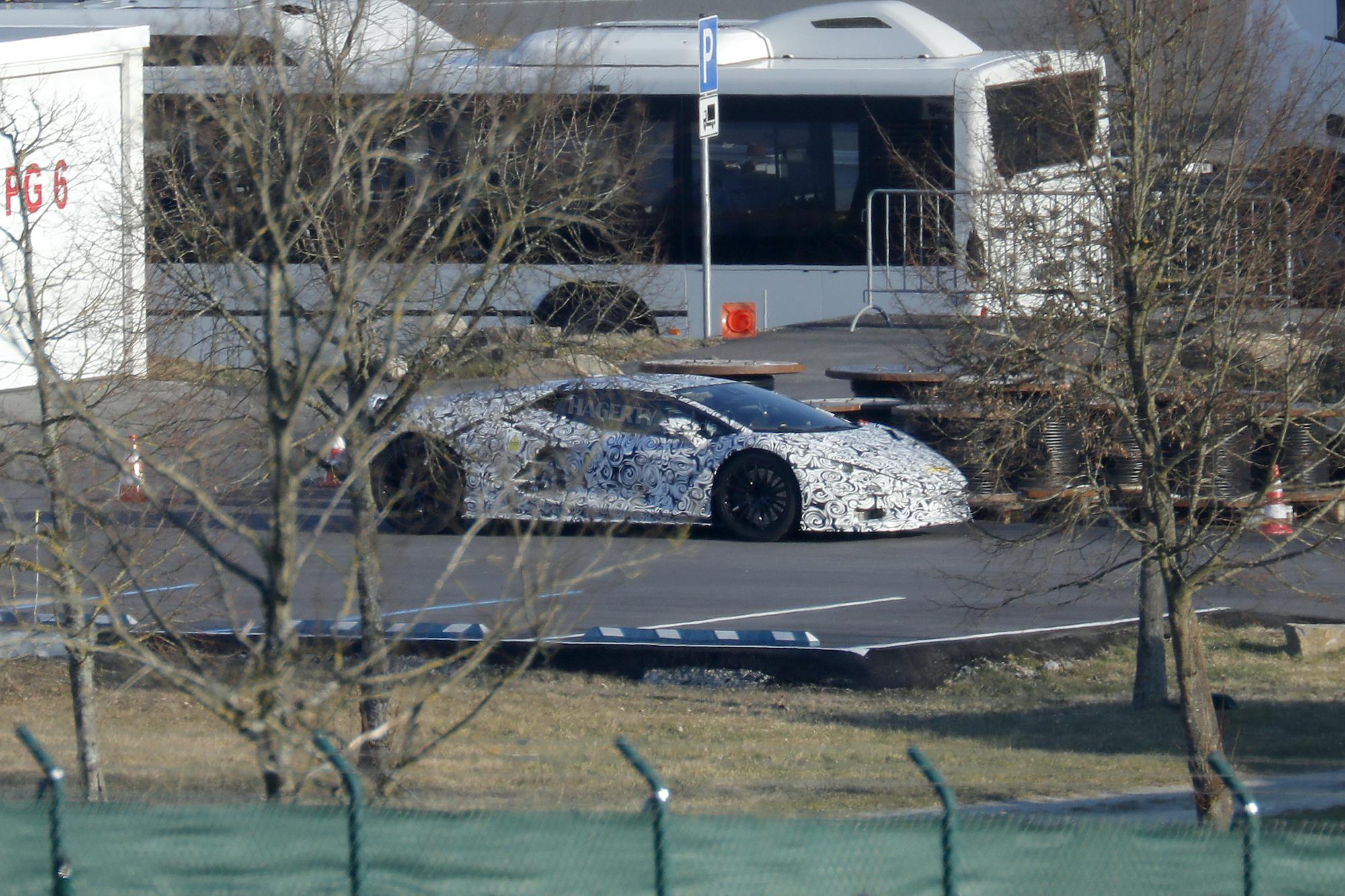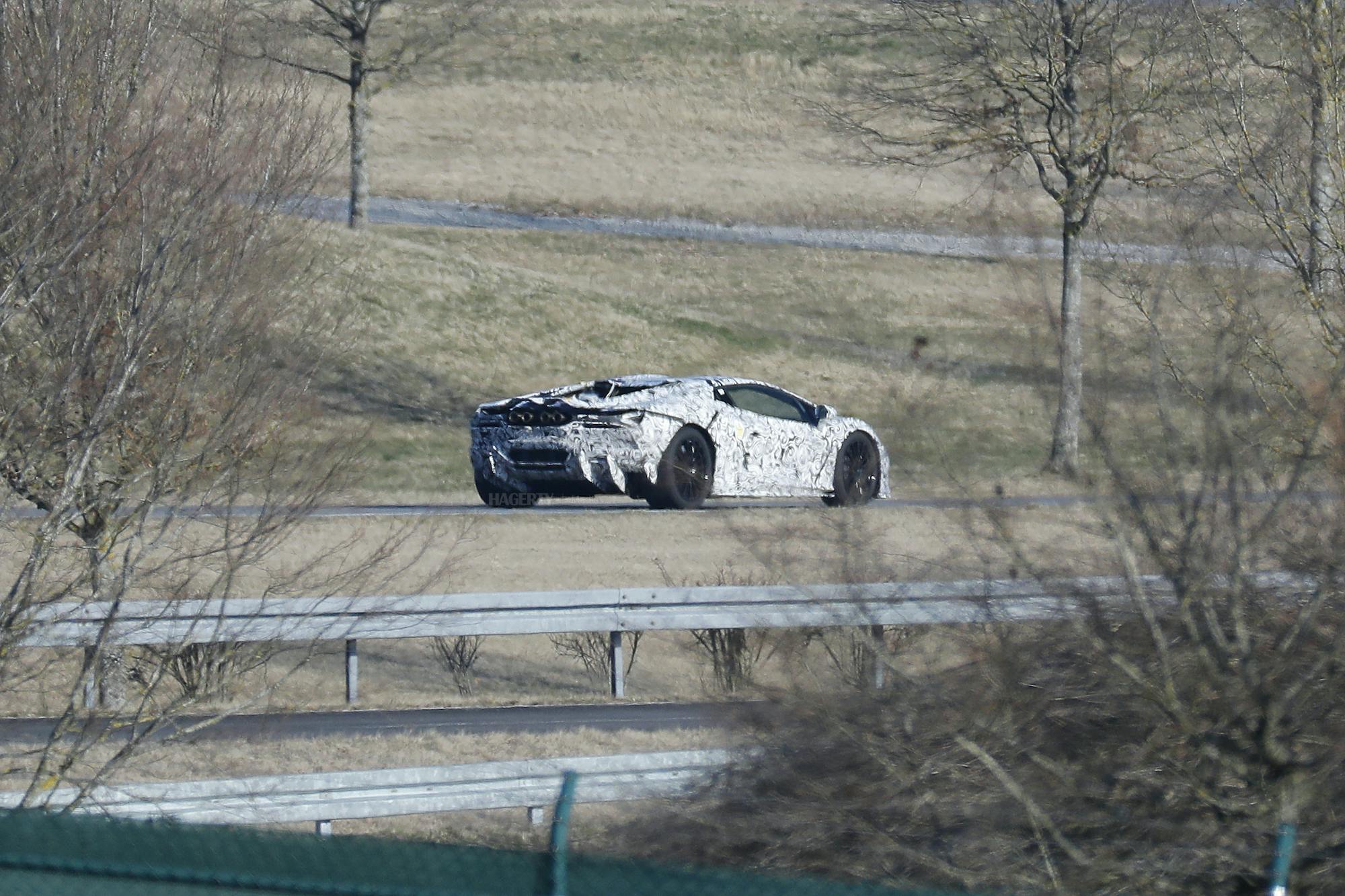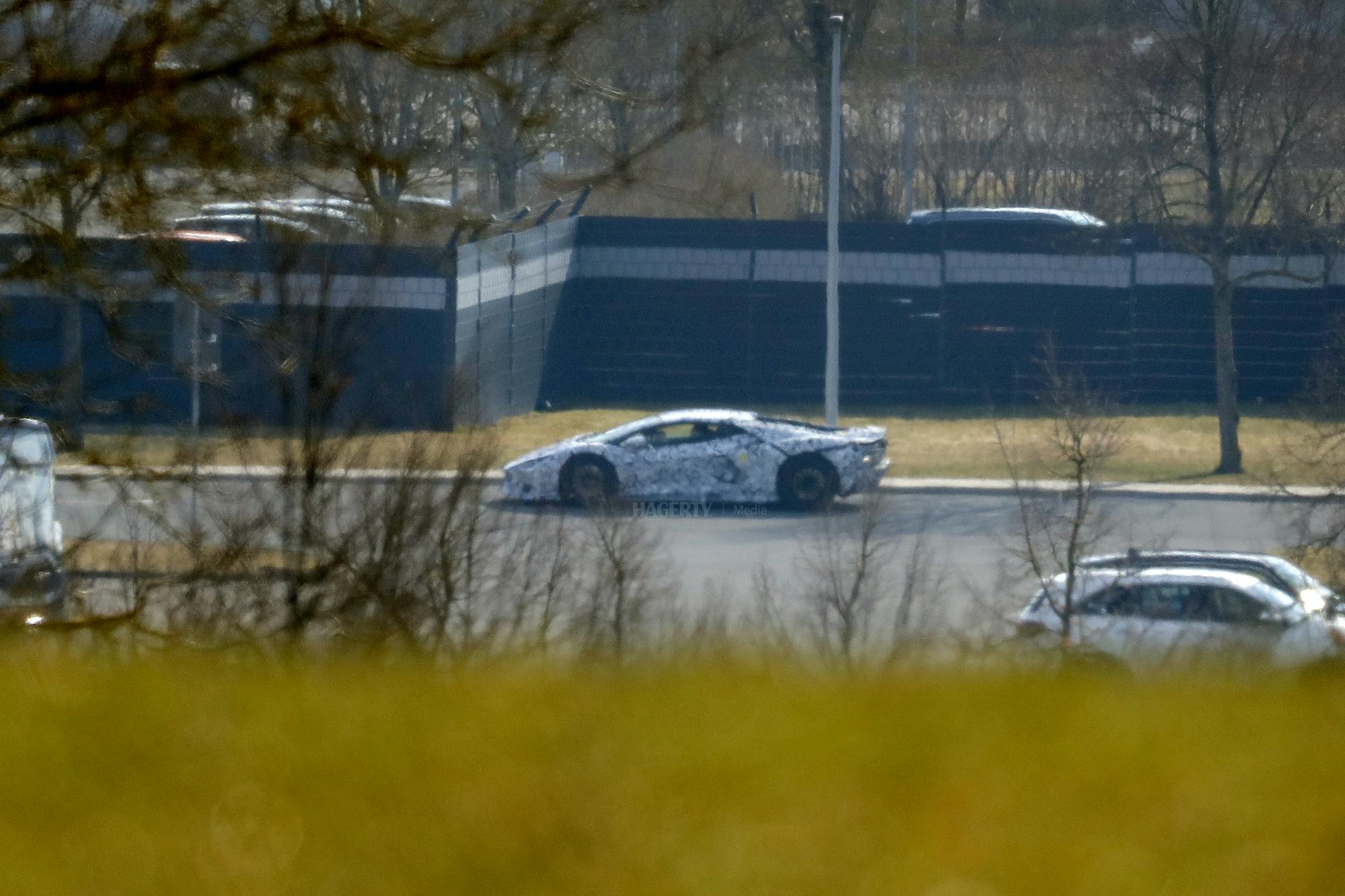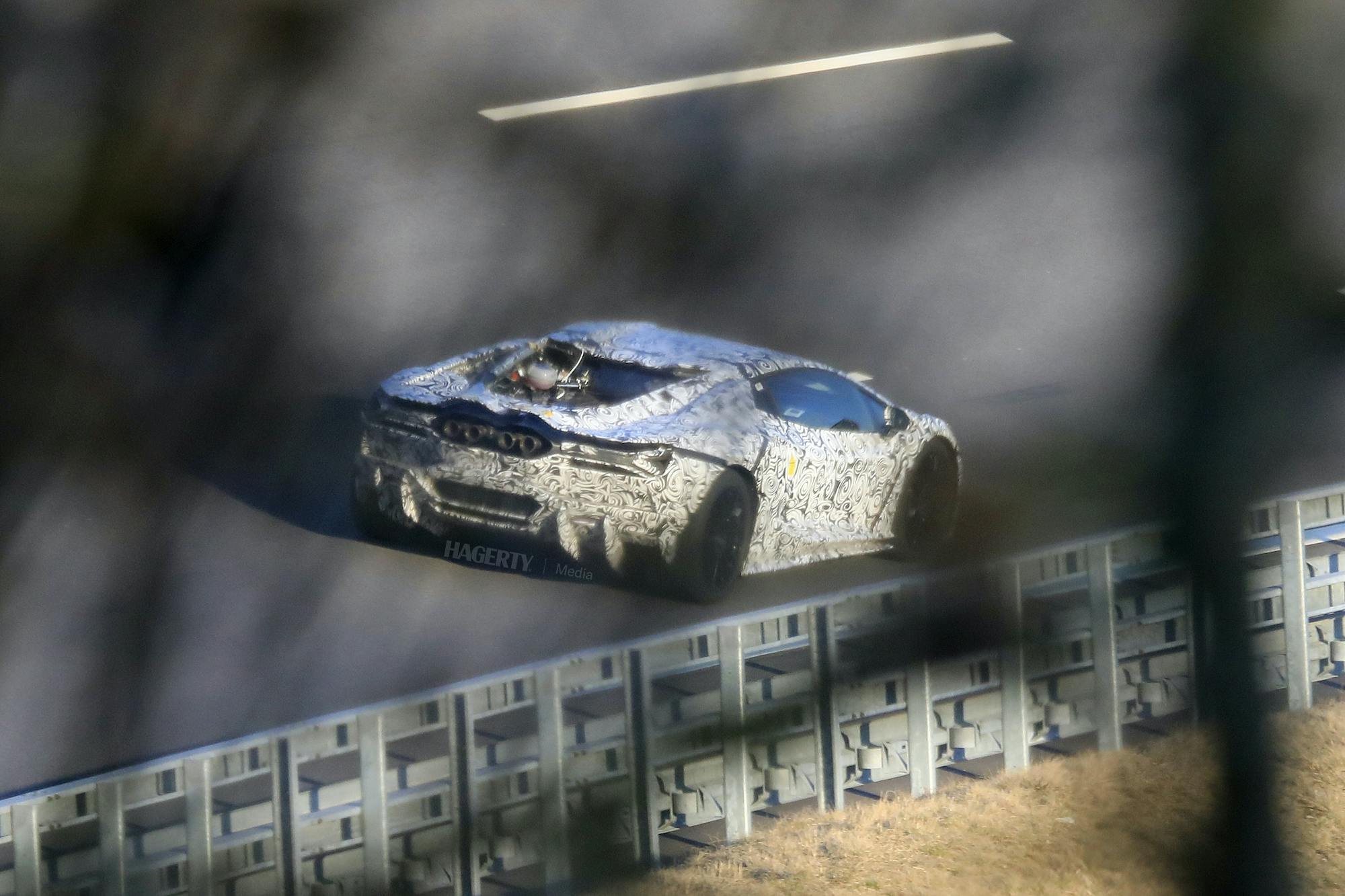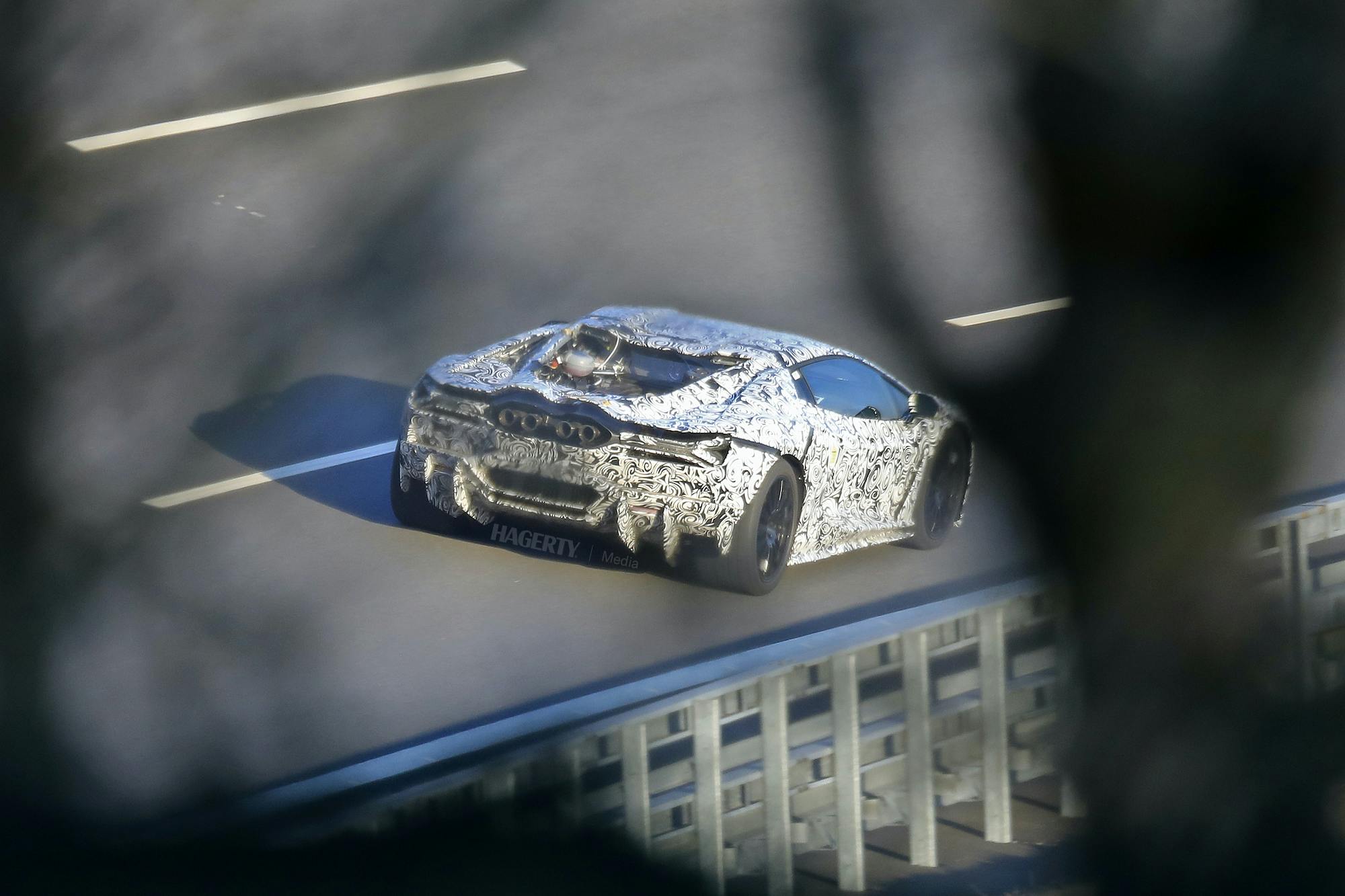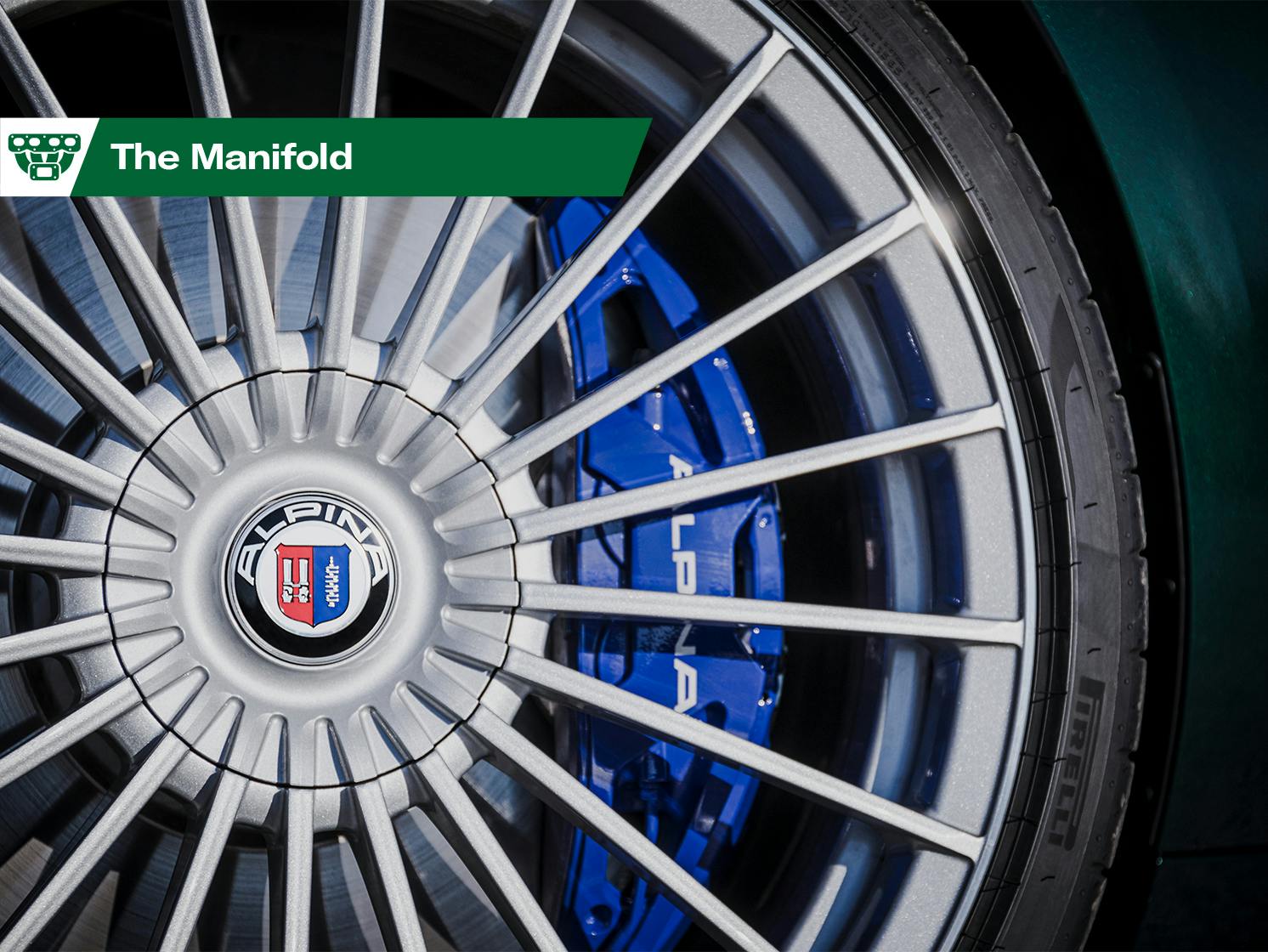Media | Articles
BMW buys Alpina, world’s longest restoration is a Caddy, hybrid Lambo spied
After nearly 60 years of collaboration, BMW buys Alpina
Intake: German tuning, tailoring, and racing firm Alpina has been acquired by BMW after almost 60 years of collaboration. Since 1964 BMW has honored the factory warranty on Alpina-modded models, and it will be business as usual until the end of 2025. After that date Alpinas will likely no longer be assembled at the company’s Buchloe workshops, just 59 miles from BMW’s HQ. Instead, the powerful and luxurious Alpina-badged cars will be built alongside standard BMW and M cars. It’s an about-face for the small manufacturer, which got its start building typewriters in the 1960s before switching to speed parts (starting with a carb kit for the 1500 in 1963). Alpina has has famously stressed its independence from BMW, even while being headquartered barely 50 miles from Munich and serving as the company’s de facto race team during BMW’s cash-strapped years in the ’60s and ’70s. Fun fact: During Alpina’s competition heydays in the 1960s, the team would buy wine in any town where they won a race. Now, the collection has spawned an entire business called Alpina Wines, which boasts a wine cellar with over a million bottles.
Exhaust: BMW and Alpina have always had a healthy, almost symbiotic relationship, so why change things now? It’s all down to electrification and emissions. Such is the dramatic change in the motor industry that small players like Alpina would seriously struggle to fund the technology and expertise required to build cars for the next decade and beyond. BMW will likely position Alpina models as a desirable, sporting lineup that sits between its standard models and the all-out M cars.

Your safari 911 is no match for this cornfield-crushing Pontiac
Intake: What to do with those too-far-gone American classics? It’s a timeless question that has befuddled many an enthusiast—including Shawn from Cleveland, Tennessee. Shawn found this old 1955 Pontiac sitting in his friend’s field, and after some convincing, managed to purchase it for $500. With a build budget of $5000, he set about taking this thing from rusty to righteous—but not in a conventional sense. The frame was soo rusted that he had to find a donor, and after some research, he landed on a 2000 Chevy S10 due to its similar wheelbase. With a raised floorpan and some other touches, the car finally had good bones, but that was just the beginning. A junkyard 5.3-liter LS V-8 from a Chevy pickup and some coilovers and 33-inch General Grabber tires later, the ’55 Poncho was ready to tackle the roads. And it’s not like he’s paying a price for the swap either—there’s air conditioning, cruise control, and other creature comforts. The killer paintwork was done by Shawn’s wife, and the added touches like the KC Daylights up top on that roof rack make this thing the perfect take on a budget safari build.
Exhaust: “I like to build cars that are outside the norm,” says Shawn. “Cars that aren’t necessarily going to command a lot of attention on the show stage.” All well and good, Shawn, but it sounds like your creative build goes far from unnoticed at gatherings. “When we pull up to the car show and park next to a brand new Camaro or Mustang, all the attention kind of drawn towards this ol’ pile of crap.” Not hard to see why. We’re seriously digging this build—we wish our pile of crap projects had this sort of flair.
Marketplace
Buy and sell classics with confidence
Would you pay double for a 27-mile Porsche Carrera GT?

Intake: A 2004 Porsche Carrera GT has just gone on sale at $3.5 million. With the Hagerty Valuation Tool showing #1 Concours condition cars valued at $1.5M, this figure might seem a stretch; however, with just 27 miles on the odometer this GT is essentially as good as new. Numbered 154 out of 1270 the GT Metallic Silver car is trimmed in Terracotta leather inside and is “as perfect as the day it rolled out of the assembly line,” according to the advert on Dupont Registry.
Exhaust: Priced at $450,000 at launch, just a few years later Porsche Carrera GTs were trading for less than $300,000, but prices have rocketed since, with this $1,907,000 red example starting 2021 by breaking Bring a Trailer’s all-time sale record. (It didn’t stand for long.) A year ago the Hagerty Valuation Tool showed the very best GTs as being worth just under a million dollars, with values rising 50 percent in 12 months. Will someone really pay $3.5 million to add this V-10 analog beast to their collection?
The world’s longest car has been restored and stretched further
Intake: A Cadillac-based limousine that can seat 75 people has been brought back to life and recaptured its title as the world’s longest car. “American Dream” was originally built in the mid 1980s by California custom guy Jay Ohrberg using a number of Eldorados and a lot of welding. With a V-8 up front and another in the rear it was initially 60 feet long, but Ohrberg decided that wasn’t dreamy enough and extended it to 100 feet in length, adding a hinged middle so that it could negotiate corners. After some initially publicity, however, the car was put away in a New Jersey warehouse and forgotten, until one day in 2019 Michael Dezer showed up. The owner of Orlando, Florida’s Dezerland Park Car Museum and Tourist Attraction bought the American Dream and has spent almost three years restoring it.
The whole interior was refurbed and a new drivetrain installed, although how many of the 26-wheels are driven is unclear. The swimming pool and putting green were replaced, and so was the helipad. Yes, helipad. The restoration required six Eldorados, and Dezer says welding them all together “reminds you of the construction of a bridge.” During the build Dezer also managed to add an inch and a half to its length in order to reclaim a Guinness World Record.
Exhaust: Everything does trend bigger in America, and Dezer has even larger plans for the American Dream. “We’ve talked about turning into an electric vehicle, we have plenty of room for the battery,” he says. “Eventually we are going to extend it. I don’t know how long we’re going to make it, but I guess as long as we can . The sky is the limit … well, the road is the limit.”
Ducati Panigale V4 SP2 is the latest race bike for the street

Intake: Ducati has been on a tear when it comes to new model introductions in 2022, and the final announcement is the Panigale V4 Sp2. This is the most aggressive model in the current lineup and features a smattering of MotoGP and WorldSBK technology. The carbon-fiber wheels and STM-EVO SBK dry clutch are just the start, with the 1103cc V-4 engine churning out a massive 228 horsepower when equipped with the option Akrapovič exhaust. Each bike is serialized and if, after hearing the $39,500 price tag you just have to have one, get your order in quickly and expect delivery in Q4 of 2022.
Exhaust: Ducati’s sport-bike lineup is already a potent combination of insane power and capability, but this SP2 offers a whole new level of track-day domination. The “winter test” livery is subtle yet badass in its mix of matte black and raw aluminum, only hinting to the beast that it is. Most race replicas are splashy, with garish colors and logos aplenty, but this is an understated menace. We dig it.
Now with less camo: Aventador’s hybrid successor spotted from afar
Intake: Lamborghini CEO Stephan Winkelmann promised back in July that the $500K Aventador’s successor will be powered by a hybridized and all-new V-12, and spy shots from December show that the follow-up act is already testing. Now, the tester has dropped the bulk of its camo, appearing in these long-range spy shots in nothing but slim-fit, swirly-patterned wrap. The contours of the mid-engine car’s roof, rear, and nose are now much clearer. The proportions remain classic 21st-century Lambo, and that high-mount quad exhaust remains (hallelujah). Call us crazy, but we’re getting shades of C8 Corvette at the tester’s front thanks to the squintier headlights and Gallardo-esque dual air inlets. Out back, that shin-threatening diffuser is plain to see, as is the quad exhaust, and the taillights emerge with Y-shaped elements, rather than the octagonal elements in the rear lamps of the reborn Countach, that evoke the outgoing Aventador. Winkelmann promises that the Aventador’s new V-12 won’t use forced induction, even though you can expect this new twelve-cylinder’s output to surpass the 769 hp produced by the send-off Aventador’s mill.
Exhaust: There’s more at stake here than Lamborghini’s corporate environmental image. As European and British cities continue to crack down on ICE emissions in cities—London is expanding the Ultra Low Emission Zone to the entire city in 2023—an electric-only mode is essential for Euro-market supercars, whose owners love to cruise through high-end shopping areas.










